1P LSD for sale
1P-LSD, also referred to as 1-propionyl lysergic acid diethylamide, is a research chemical belonging to the lysergamide class. It is a derivative of a known substance and shares a structural similarity with the original compound. As a research chemical, 1P-LSD is primarily utilized by scientists and researchers to investigate its pharmacological properties and gain an understanding of its effects on the central nervous system. It is recognized for its psychoactive and hallucinogenic properties.
In terms of its chemical structure, 1P-LSD features a propionyl group attached to the nitrogen atom of the diethylamide moiety, which is believed to enhance the compound’s stability and bioavailability. It is anticipated that the propionyl group undergoes hydrolysis within the body.
Research on 1P LSD for sale focuses on exploring its interactions with various serotonin receptors in the brain, particularly the 5-HT2A receptor, which is thought to play a significant role in its hallucinogenic effects. By examining the compound’s binding affinity and activity at these receptors, researchers can gain insights into its mechanism of action and potential therapeutic applications.
The scientific investigation of 1P LSD for sale and other lysergamides contributes to our understanding of the human brain, consciousness, and the potential therapeutic uses of these compounds. By expanding our knowledge of their effects, researchers aim to gain new insights into mental health conditions, consciousness, and the underlying mechanisms involved.
underlying psychedelic experiences.
How did 1P LSD for sale come about?
1P-LSD, a research chemical that has gained attention in recent years, has a history dating back to its discovery in the mid-20th century. It was first synthesized by Swiss chemist Albert Hofmann in 1938, and its psychoactive properties were later discovered in 1943. The development of 1P-LSD aimed to replicate certain effects while offering advantages in terms of stability. Through metabolic processes in the body, it is converted into the active compound. The presence of the propionyl group on the nitrogen atom of the diethylamide moiety is believed to enhance the compound’s stability and bioavailability.
The introduction of 1P-LSD has provided researchers with the opportunity to study its effects and potential applications in a controlled and regulated manner. It allows for the exploration of the psychedelic experience and investigation into the underlying mechanisms of action while adhering to legal and ethical guidelines.
Research on 1P-LSD primarily focuses on understanding its interactions with serotonin receptors, particularly the 5-HT2A receptor, which is thought to be responsible for its hallucinogenic effects. By examining the binding affinity and activity at these receptors, researchers aim to gain a better understanding of the compound’s pharmacological profile and explore its potential therapeutic uses.
The study of 1P-LSD contributes to the broader field of psychedelic research, expanding our understanding of consciousness, perception, and the intricate workings of the human brain. Through the examination of its effects, researchers hope to gain new insights into mental health conditions, consciousness, and the potential therapeutic applications of psychedelic compounds.

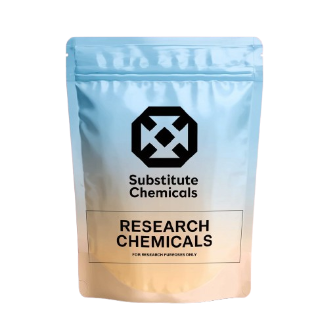
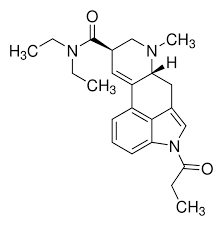
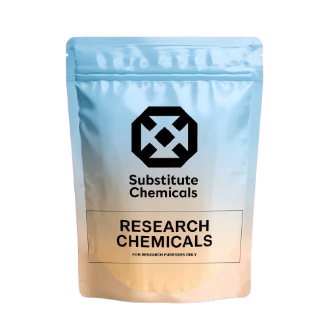
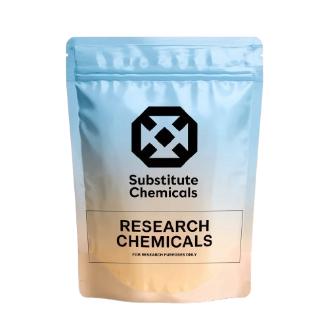
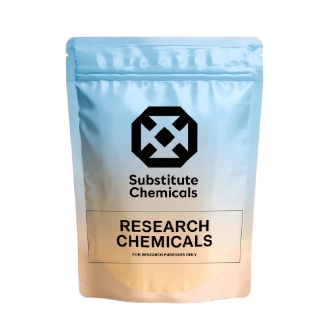
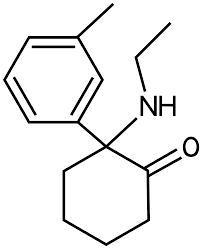
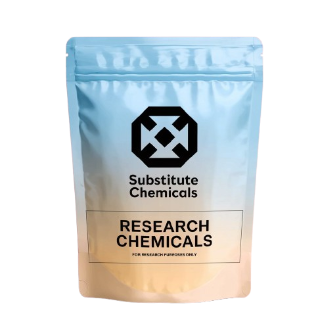
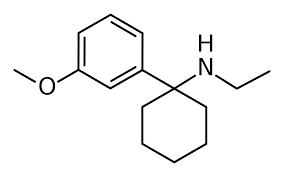
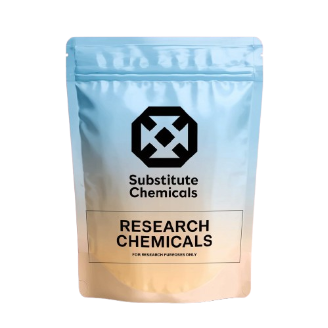
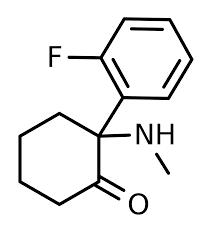
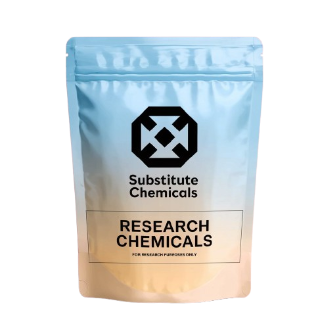
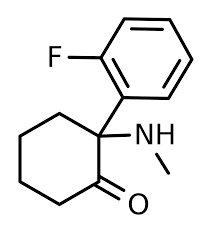
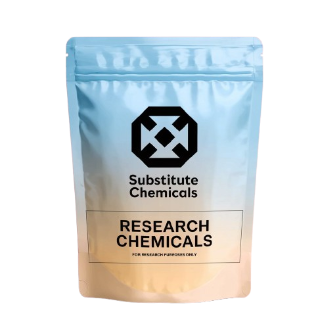
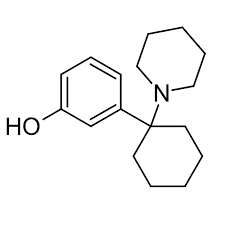
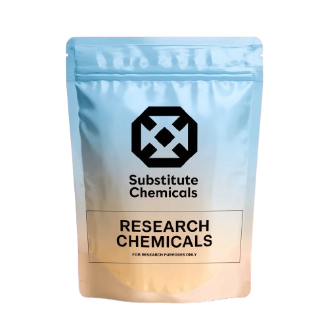
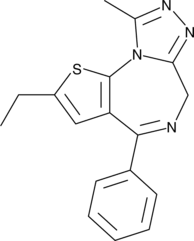
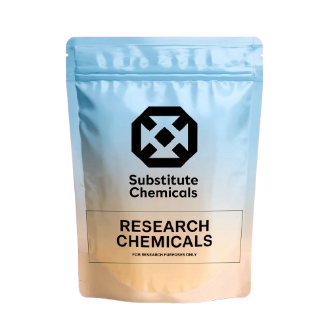

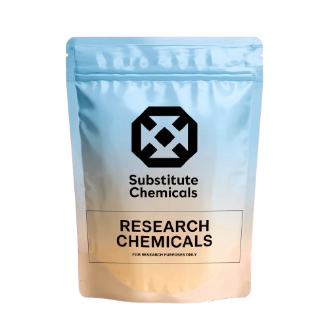
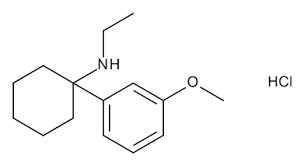
Reviews
There are no reviews yet.